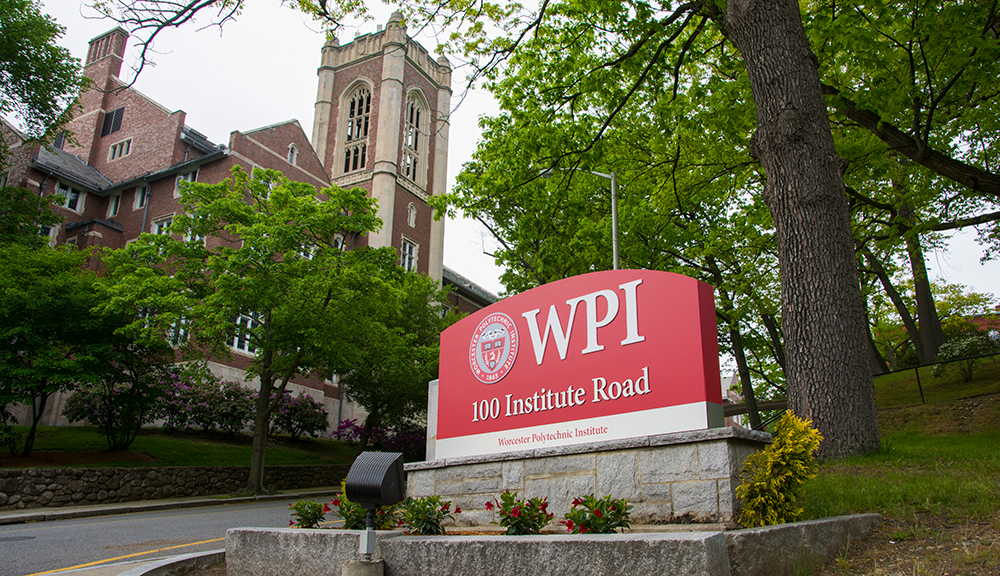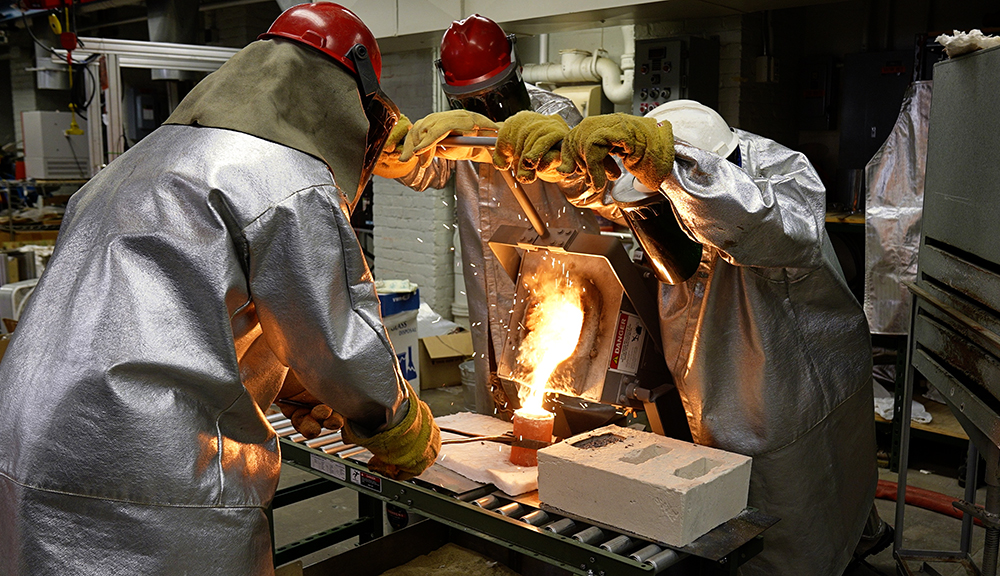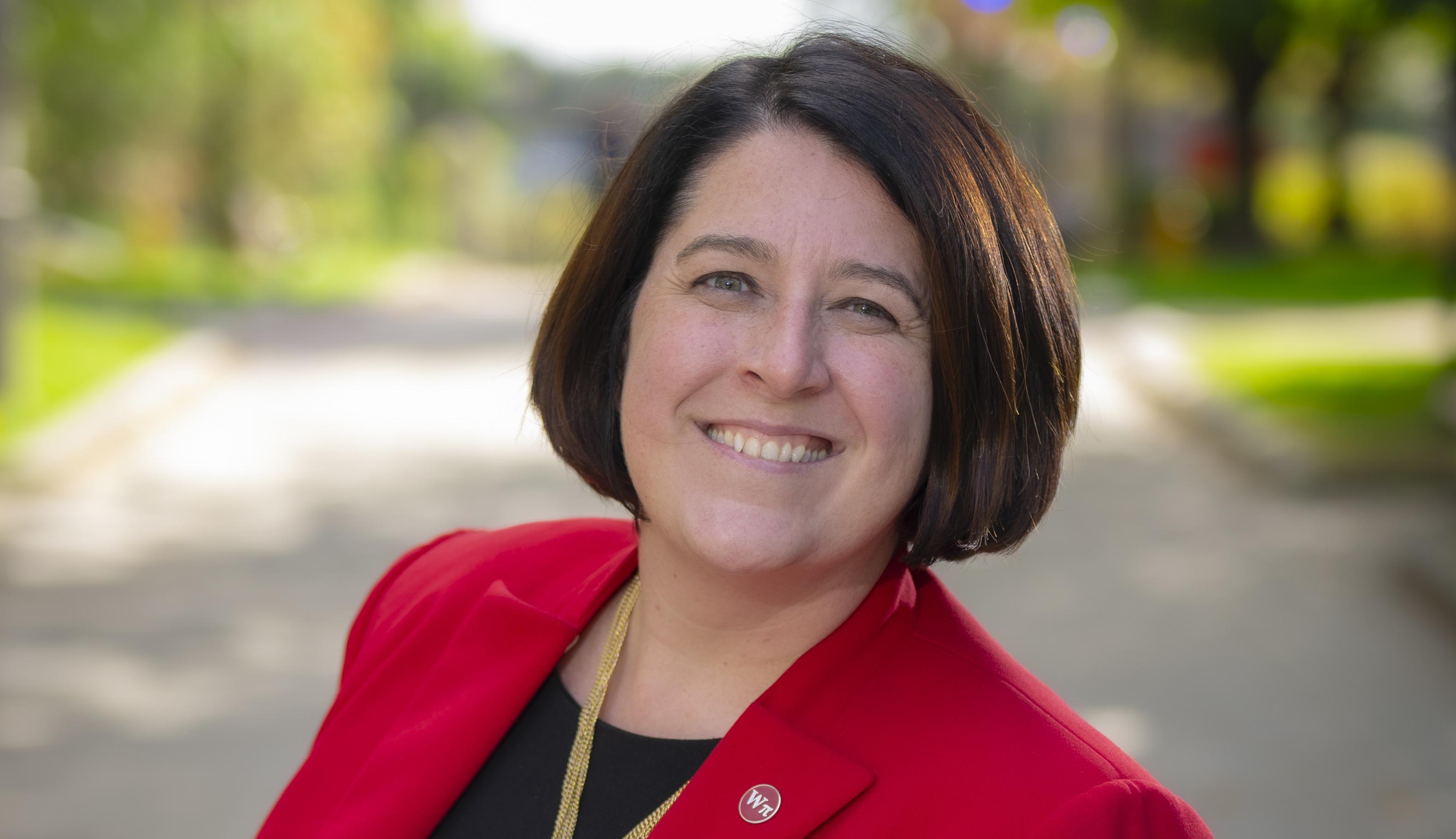WORCESTER, Mass. – September 1, 2009 -- Philosophers often say that to find the truth one must look below the surface. But for scientists and engineers in a broad range of fields, the surfaces of objects can reveal a wealth of useful information, from the function of ancient stone tools, to the best temperature to serve chocolate, to the causes of excessive wear on machine parts, to the identity of an art forger, to the best surface topography for friction, adhesion, or cleaning.
Practitioners of surface metrology, the study of the texture or roughness of surfaces, will gather at Worcester Polytechnic Institute (WPI) between Oct. 26 and 28, 2009, for the inaugural International Conference on Surface Metrology. This is the first scientific gathering highlighting the use of surface metrology in fields as diverse as anthropology, art conservation, biology and biomedicine, chemistry, engineering, food science, geology, manufacturing, and physics. Designed for conservationists, designers, engineers, researchers, scientists, technicians, and other interested in surface roughness and surface metrology and applications at any level and in any field, the symposium will promote the exchange of ideas on surface metrology between people with a diverse set of applications, provide educational opportunities at all levels of surface metrology, and disseminate advances and insights in surface metrology fundamentals, methods, equipment, software, and applications.
The symposium is being organized by Christopher Brown, professor of mechanical engineering at WPI and director of the university's Surface Metrology Laboratory, W. James Stemp, assistant professor of anthropology and director of the Surface Metrology and Archaeological Research Technologies Project at Keene State College, and Patrick Ravines, senior research fellow and project manager at the George Eastman House International Museum of Photography and Film. In addition to technical sessions, the conference will feature exhibitions of surface metrology equipment, including a confocal microscopy made by Olympus, and a number of tutorials on surface metrology techniques and applications by representatives of the National Institute of Standards and Technology, DigitalSurf in France, Ecole Central de Lyons, the University of North Carolina, Rutgers University, the University of Huddersfield in the UK, and WPI.
For more information about the International Conference on Surface Metrology and to register, visit the conference website.
About the WPI Surface Metrology Laboratory
Founded in 1990, WPI's Surface Metrology Laboratory is the only academic laboratory in the United States dedicated to advancing the understanding of the formation, behavior, measurement, and analysis of surface roughness. The lab has earned an international reputation for its contributions to the understanding of the role of surface roughness in adhesion and friction. It has studied a broad range of surfaces, including bullets, hard drives, pavement, pills, skis, teeth, tires, and industrial diamonds, and has developed advanced techniques for differentiating surfaces based on texture measurements and for finding the scales at which the differentiation can be made.
About Worcester Polytechnic Institute
Founded in 1865 in Worcester, Mass., WPI was one of the nation's first engineering and technology universities. WPI's14 academic departments offer more than 50 undergraduate and graduate degree programs in science, engineering, technology, management, the social sciences, and the humanities and arts, leading to bachelor’s, master’s and PhD degrees. WPI's world-class faculty work with students in a number of cutting-edge research areas, leading to breakthroughs and innovations in such fields as biotechnology, fuel cells, and information security, materials processing, and nanotechnology. Students also have the opportunity to make a difference to communities and organizations around the world through the university's innovative Global Projects Program. There are 25 WPI project centers throughout North America and Central America, Africa, Australia, Asia, and Europe.


